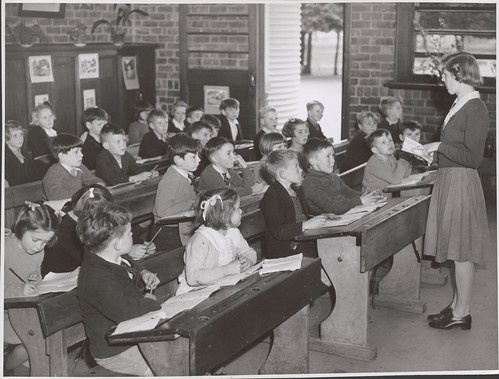“Why would you want to be a Primary school teacher?!”
This is a question I’ve been asked several times by people, usually with a concerned look on their face at the time. “Why would you want to do that?” “Do you know how much work is involved?” Usually the person would end by saying – “I wouldn’t be able to do that.” My answer is simple, because I love it and have found my passion. This I learned to be undeniably true after spending six of the most challenging months of my life working and living in an indigenous school in Northern Australia. It was there I encountered the most challenging behaviour I’ve ever had to experience. Verbal and sometimes physical attacks were the norm at Djarragun College, yet I loved working there and working with the dedicated staff and the kids. Being able to build strong, meaningful, relationships with both the students and the teachers was the most rewarding experience. Growing from being labelled a “c****sucker” and a “white s***”, into a “sister” in the eyes of the kids made it all worth it. I will never forget the first time I helped a preppy spell their name, or working with a year 3 on a persuasive essay on why we should “eat healthy food” and seeing the sense of achievement and pride appear in their eyes knowing that they had done that. The hardest part about leaving Australia, funnily enough, wasn’t leaving the warm climate or the stunning scenery (although neither would go a miss on cold, wet, November nights like this one!) but having to leave my Primary school kids. I truly understand that Primary teaching is much more than teaching a child their A B C’s and 1 2 3’s, important as that is, but equally and importantly to do with the relationship of trust built between a teacher and a pupil. This relationship is paramount in helping a child develop and grow; making sure they know you are someone who they can turn to not only when they’re stuck on an equation, but also if they’re experiencing problems at home or with friends – someone who they can talk to and confide in.
It hasn’t just been the vital working experiences I’ve had in a variety of schools which made me realise I wanted to teach. Experiencing my own struggles at school being the “1 in 10” pupils with dyslexia certainly has contributed. Having the invaluable support from my own teachers instilled in me a great sense of admiration for them and boosted my confidence. Without their confidence and support in me I am quite convinced I would not have been able to make it as far as I have. Going to SFL from Primary 3 up to S4 gave me the tools which have helped me revise and learn all the way up to now. The perseverance and certainty my teachers maintained in me was an important aspect of my success in school, earning me 5 A’s at Higher. I wish to be that support, and instil that belief, in those who I teach, as I know what a positive effect it can have on a child’s development.

